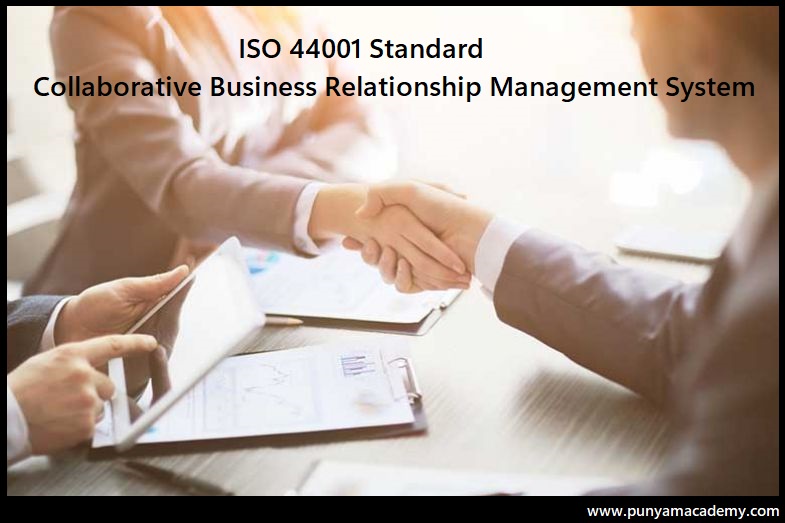Every business aspires to improve performance and competitiveness while giving customers more. With the use of the ISO 44001 standard, the business will be able to share knowledge, assets, and expertise in order to achieve shared goals and produce value. It may be used by any size or type of company in any industry to help them focus their efforts from inception through disengagement. A solid basis for developing cooperative programs for both parties is provided by the ISO 44001 certification for cooperative business connections. The International Standard for Collaborative Working is ISO 44001:2017. The ISO 44001 standard offers a method for establishing and managing cooperative partnerships between suppliers (upstream), customers (downstream), partners (horizontal), and internal departments or functions with the aim of generating benefits for all parties.
Instead of being a document focused on fulfilling contractual duties, ISO 44001 (which replaces BS 11000) is about fostering a collaborative organizational mindset and culture. With the use of a technique for establishing, delivering, and ending relationships, ISO 44001 entails a structured approach to exchanging resources, experience, and talents. Being certified to this level demonstrates that your company contacts are truly collaborative.
System Requirements
Organizations must follow the requirements of a collaborative business relationship management system:
- Identify their internal and external issues, as well as any interested parties
- Establish the system's boundaries and applicability to determine its scope
- Establish procedures for locating and ranking important internal and external linkages
- Determine and provide resources for the establishment and ongoing development of the system
- Utilize ISO 44001 awareness training to ensure that staff members are familiar with the business relationship management system
- Establish whether internal and external communications are necessary
- Create guidelines, work instructions, and other ISO 44001 documents as necessary
- Control procedures that are outsourced, planned modifications, and unanticipated change's effects are all reviewed
- Perform an initial risk analysis
- Make an internal appraisal of the constraints and strengths
- nominating and establishing the requirements for evaluating cooperating partners
- Keep an eye on performance and take the necessary corrective action to address nonconformances
- Conduct management system internal audits
- Make sure that top management conducts periodic system reviews.
Documentation Requirements
Organizations must have the following ISO 44001 documents in place, while the specifics will vary based on the type of business and the size of the organization:
- Policy for Collaborative Business Relationships (goal, framework, objectives, and commitment)
- Plan for a Collaborative Approach
- The Relationship Management Plan
- Plan for Corporate Relationship Management
- Procedures
- Plan for Improvement (goals and objectives)
- Nonconformance and corrective action records
- Agreements
- Reports on evaluation and analysis.
Implementation Requirements
The Collaborative Business Relationship Management System encompasses all of the procedures, strategies, collaborations, partnerships, and shared value creation required to put in place a flexible and robust system. The technology will facilitate collaboration between two or more businesses. certifying body will then assess the implementation of the Collaborative Business Relationship Management System against the ISO 44001:2017 requirements.
ISO 44001 certification ensures that organizations follow a structured strategy to share resources, experience, and skills in a collaborative atmosphere while developing and sustaining productive connections. ISO 44001 accreditation will show business partners and other interested parties that your organization is committed to openness and good governance. Once a shared approach to addressing business opportunities is implemented, organizations will be able to uncover competitive advantages. Furthermore, firms can achieve more efficient and sustainable growth through clear communication and openness. The following are some of the specific advantages of a Collaborative Business Relationship Management System:
- Enhanced effectiveness through collaborations that benefit all parties
- Cost savings achieved through a combined strategic approach (combined talents, expenses, risks, and resources)
- Roles and duties must be clearly defined for effective and enhanced decision-making.
- Enhanced brand awareness and business expansion
- Improved productivity through improved commercial relations
- Improved reputation
- The collaboration will increase company opportunities and benefits.


No comments yet